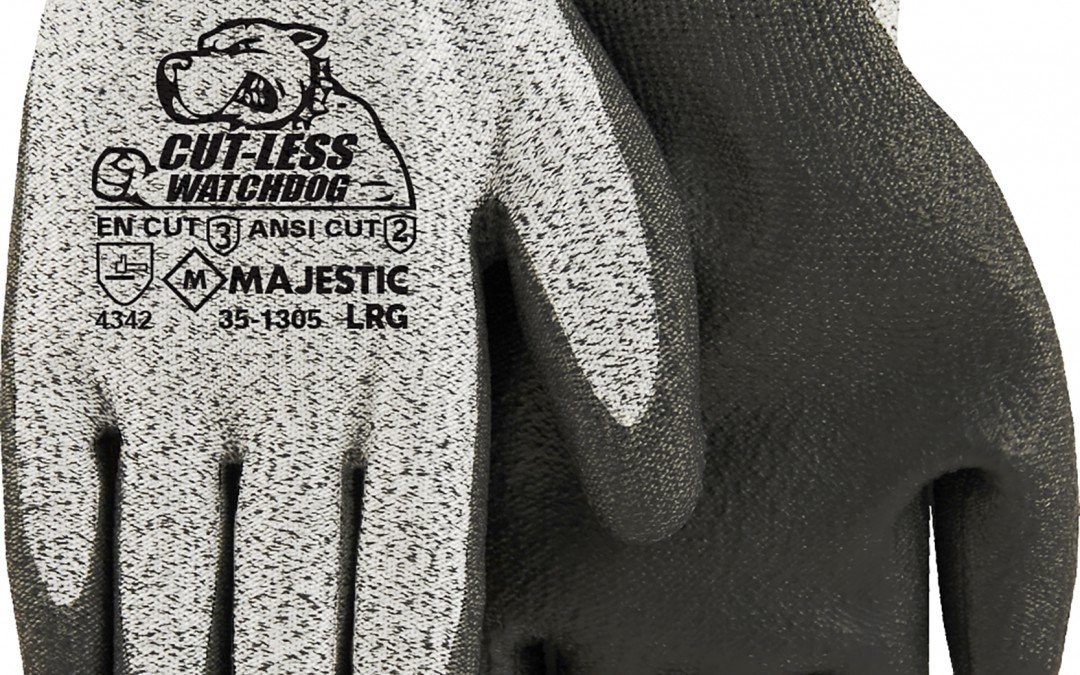According to the U. S. Centers for Disease Control and Prevention (CDC), hand injuries account for 1,080,000 emergency department visits by workers per year in the United States. Hand injuries resulting from cuts and puncture cost the construction industry alone a whopping $382 million each year (U.S. Bureau of Labor Statistics). It’s a cost burden that can largely be avoided if carefully managed. If not, it can have both short and long-term financial consequences.
It is an interesting time for many companies in heavy manufacturing, oil and gas and petrochemical industries. Some are reducing staff to meet budget demands, while others are losing their most experienced and skilled workers to end-of-career attrition rates. In either case, when markets right themselves and strong production demands return, many of the available workers will generally be younger and less experienced. Now would be a great time to reevaluate your hand protection program and determine if your employees are properly protected. We hope the information below will help you make better, informed decisions for choosing the right hand protection.
Last week’s blog covered ANSI testing on gloves. This week we will be discussing EN388 testing. EN388 is known as the European Standard. Similar to the ANSI testing, EN388 standards are scored from 1 to 5 on each category. The categories include abrasion, cut, puncture and tear resistance. Most glove manufacturers have their gloves tested to achieve one or both of these standards. Therefore when looking for the proper glove for your employees it is imperative to have a general understanding of both standards.
Abrasion Resistance:
EN388 tests gloves for their abrasion resistance by taking a piece of standardized glass paper to the palm of the glove in an abrasion machine. The number of cycles completed before material failure determines the score.
Cut Resistance:
EN388 tests gloves for their cut resistance by using a rotating tungsten steel circular blade under a specific load on the palm of the glove until the material fails. This is completed on two of the gloves and tested five times. The lowest score is the score recorded.
Puncture Resistance:
ANSI and EN388 tests gloves for their puncture resistance the same way. Puncture resistance is tested by a steel stylus that resembles a nail, being forced into the material. The force applied in order for the material to fail determines the score. There are five classifications with five being the highest.
Tear Resistance:
EN388 tests gloves for their tear resistance by placing the material sample into a strength testing machine. The material is placed in the jaws of the machine and then the jaws are moved apart at a constant speed until the material fails. If there are layers of material, each layer is tested four times. The lowest score is the score recorded.
| Test | Performance Levels | ||||
| 1 | 2 | 3 | 4 | 5 | |
| Abrasion Resistance | 100 | 500 | 2000 | 8000 | N/A |
| Blade Cut Resistance | 1.2 | 2.5 | 5 | 10 | 20 |
| Tear Resistance | 10 | 25 | 50 | 70 | N/A |
| Puncture Resistance | 20 | 60 | 100 | 150 | N/A |
(Graph: EN388 Standard)
These are not the only hazard protection ratings to consider when choosing a glove. Other important protection categories include: extreme temperatures (cold or hot), fire and impact protection, and chemical resistance. Key Safety has experience in facilitating professional hand protection program evaluations and employee wear trials. Allow us to scope your work hazards, conduct a cost vs. value analysis, present improvement options and perform a wear trial. Contact Key Safety and speak to a representative today to help choose the proper glove for you and your employees.
We strive to bring a consultative approach to a commodity PPE market. Click here to learn how we’ve helped other clients.





